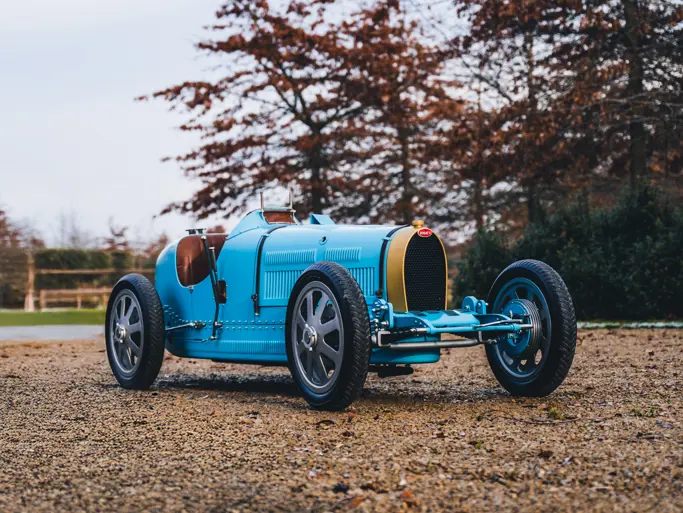 | Portola Valley, California
| Portola Valley, California
Weight: 10.25-tons (9,343-kg)
Length: 20' 2” (6.14-m)
Width: 7' 3” (2.20-m)
Height: 9' 0” (2.74-m)
Crew: 13
Armor:
Superstructure front: .625” (16-mm)
Superstructure sides: .31” (7.9-mm)
Weapons:
Provision for .50-cal M2HB and .30-cal M1919A4 machine guns
Ammunition:
x .50-cal
x .30-cal
Engine: GM 6V53, 6-cylinder diesel, 212-hp
Power/weight: 20.6-hp/ton
Fuel Capacity: 60-USG (227-l)
Range:
Speed: 45-mph (72-km/h)
The vehicle being offered, Israeli M5 Half-track, is in excellent operative condition. It is an Israeli conversion of the standard M5 half-track with a GM 6V53 diesel replacing the original International gasoline engine. The exterior needs cosmetic restoration. All doors and hatches function normally. The engine runs well off of its own fuel tanks. The vehicle drives well and has been used in numerous events away from the Military Vehicle Technology Foundation during the past 4 years. The tires and tracks are in very good shape. The interior needs cosmetic restoration to include the replacement of some fittings. The driver's instrument panel is in Hebrew and appears to be complete. The driver's controls all function normally. In addition, a complete brake system overhaul was recently performed including the repair and replacement of all hydraulic components.
In April 1942, the Ordnance Committee requested that International Harvester Corporation (IHC) deliver 3 half-track pilot models for evaluation. This request was made due to the massive expansion of vehicle requirements for the war effort. At the time, the current half-track producers, White, Diamond T and Autocar, could not keep up with demands and it was hoped that IHC could supplement the production output of the other three.
The M5 was standardized on June 18, 1942. Unlike the M2/M3 series which were made from face-hardened plates that were bolted together, the M5 was built using rolled homogeneous plate that was welded together. The homogeneous armor was softer than the face-hardened plates so therefore the M5 used thicker armor to make up the difference in protection. With the welded armor, the rear corners of the vehicle body were rounded as opposed the sharp corners on the M2/M3. The front fenders were shaped differently when compared to the M2/M3. The M5 was powered by an IHC Model RED-450-B six-cylinder engine and had a completely different instrument panel than the other half-tracks.
The M5 was produced between December 1942 and September 1943. 4,625 were built during this time period. Since there was a lack of parts commonality between the M5 and the M2/M3, the M5 was assigned to the Lend-Lease program which resulted in the vast majority being shipped to U.S. allies such as Great Britain and France and were used during the liberation of Western Europe. Some were kept as training vehicles in the U.S.
Post-war, Israel became the largest user of the M5 half-track, obtaining their first examples from the U.S. under the guise of “agricultural tractors” in early 1948. Upon independence, Israel scrounged Europe searching for half-tracks to equip their fledgling army. By the early 1950's, France had become the primary arms supplier to Israel and sold them many of their retired M3 and M5 half-tracks. These vehicles were used in the various wars fought by Israel against its Arab neighbors until the early 1980s. The half-tracks underwent various modifications while in Israeli service including the addition of a machine gun mount in the right side of the windshield that was operated by the front passenger, replacing the gasoline engines with GM diesel engines as used in the M113A1 apc and the addition of various other machine gun mounting brackets in the troop compartment.
The M5 along with the M3 provided the backbone of Israeli mechanized units from the 1950s until the mid-1970s when they were supplanted by the M113A1. They remained in use until the mid-1980s in specialized roles such as command, engineer, and anti-aircraft vehicles.
Transport Cost to Storage: $1,320





